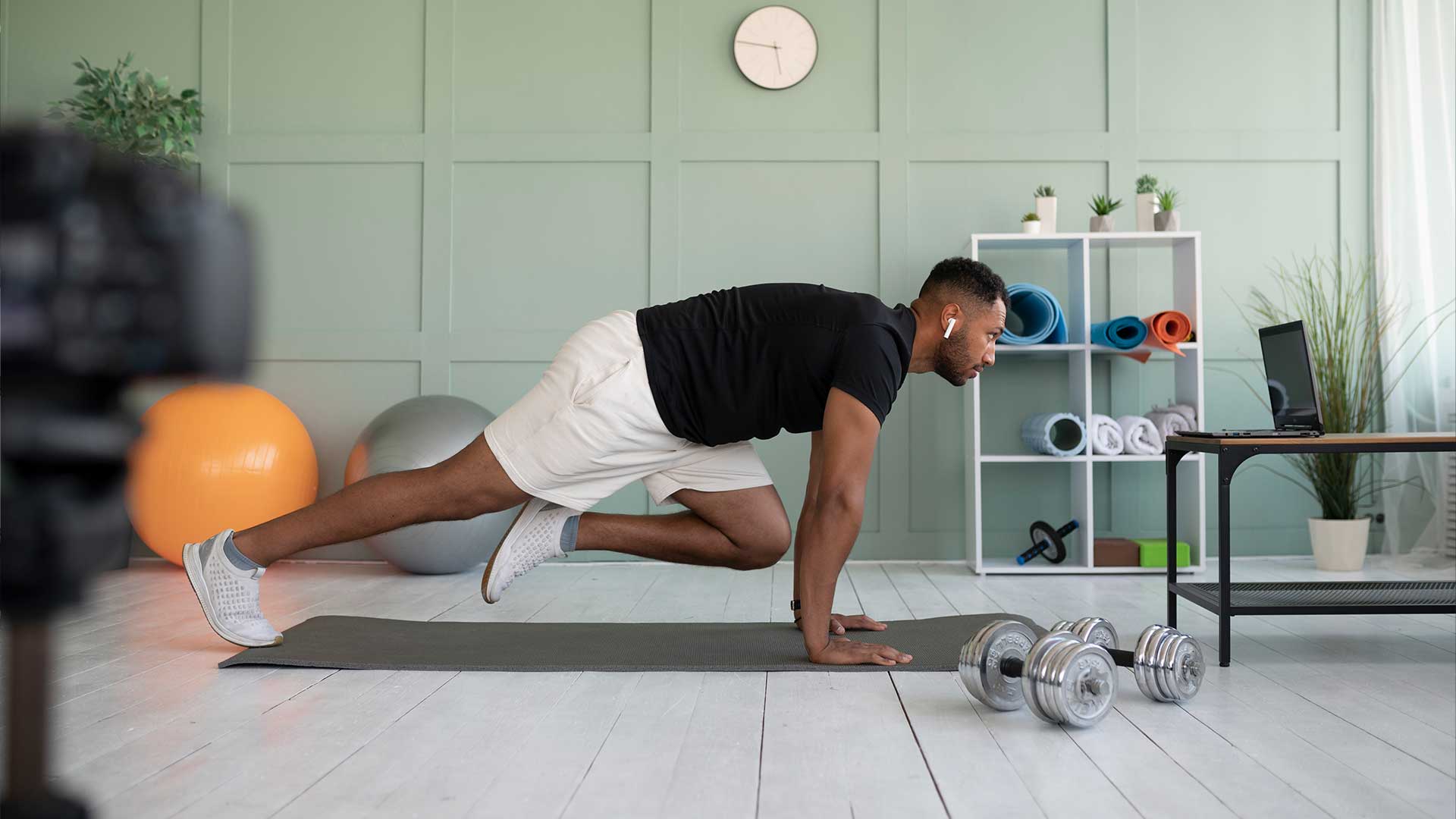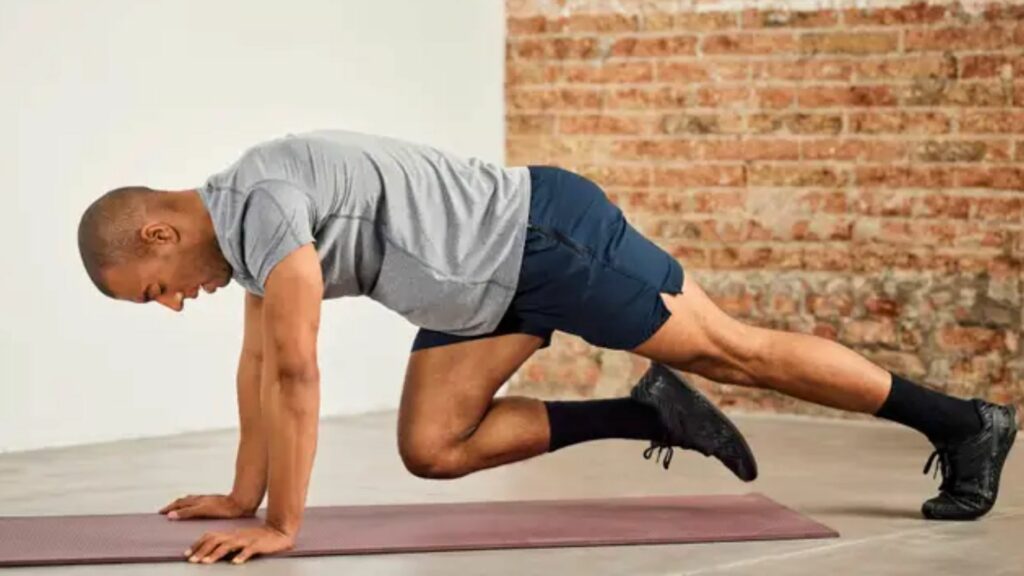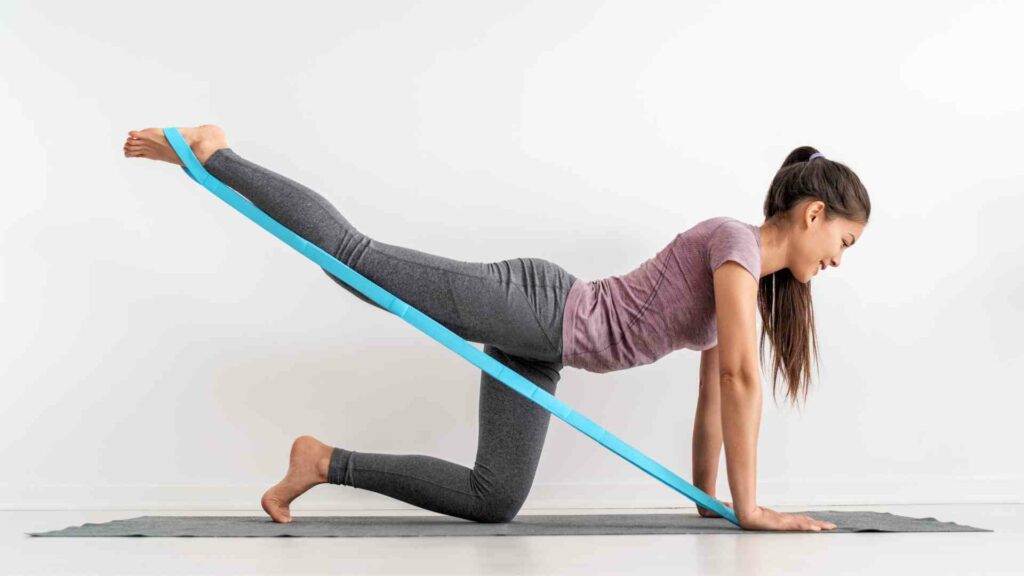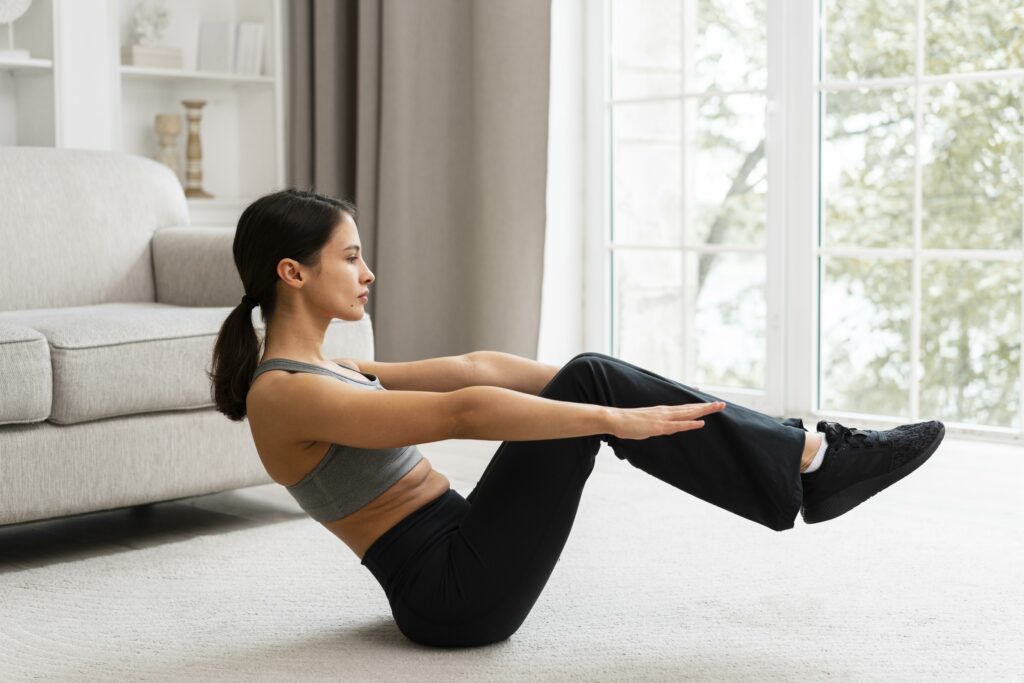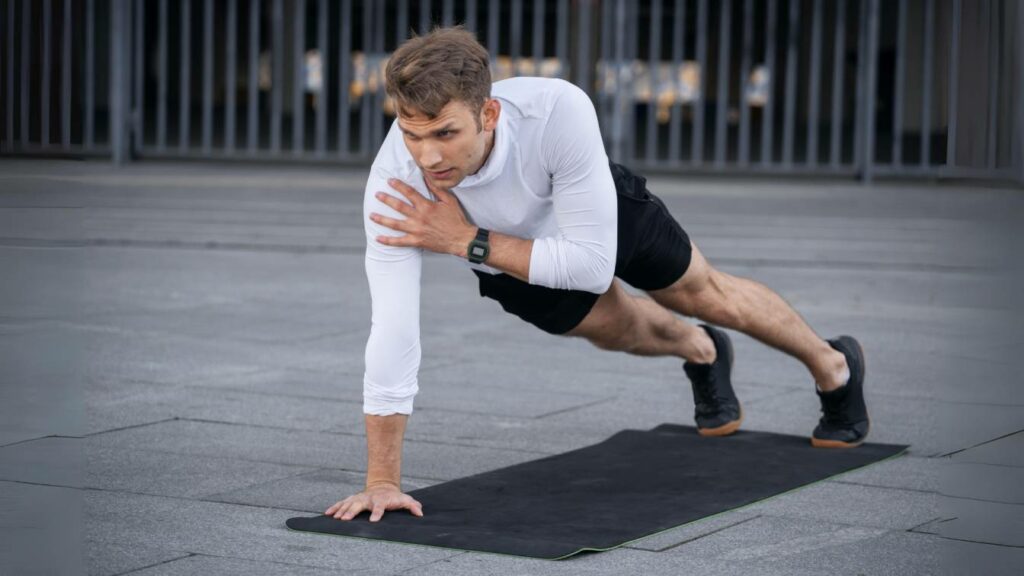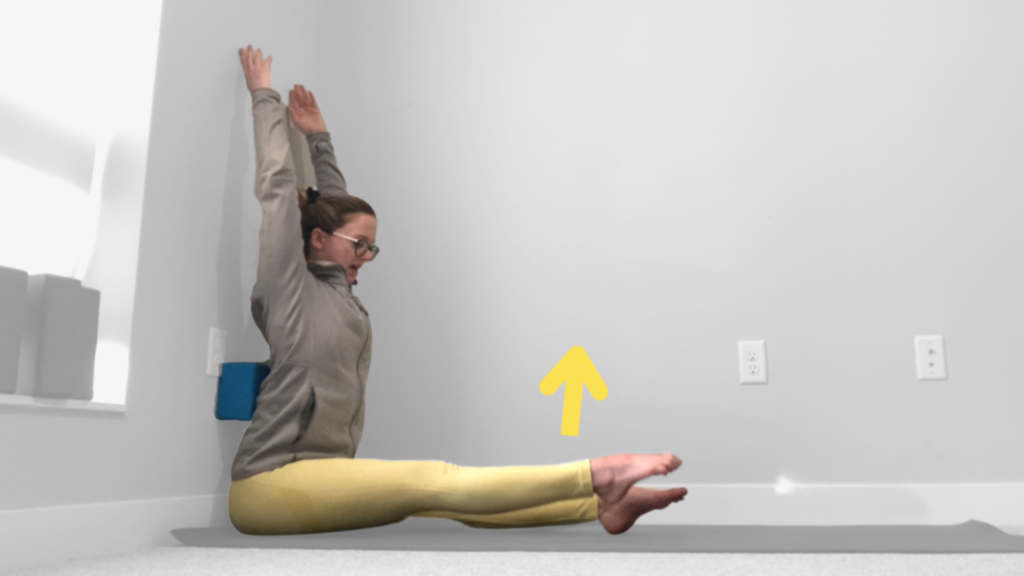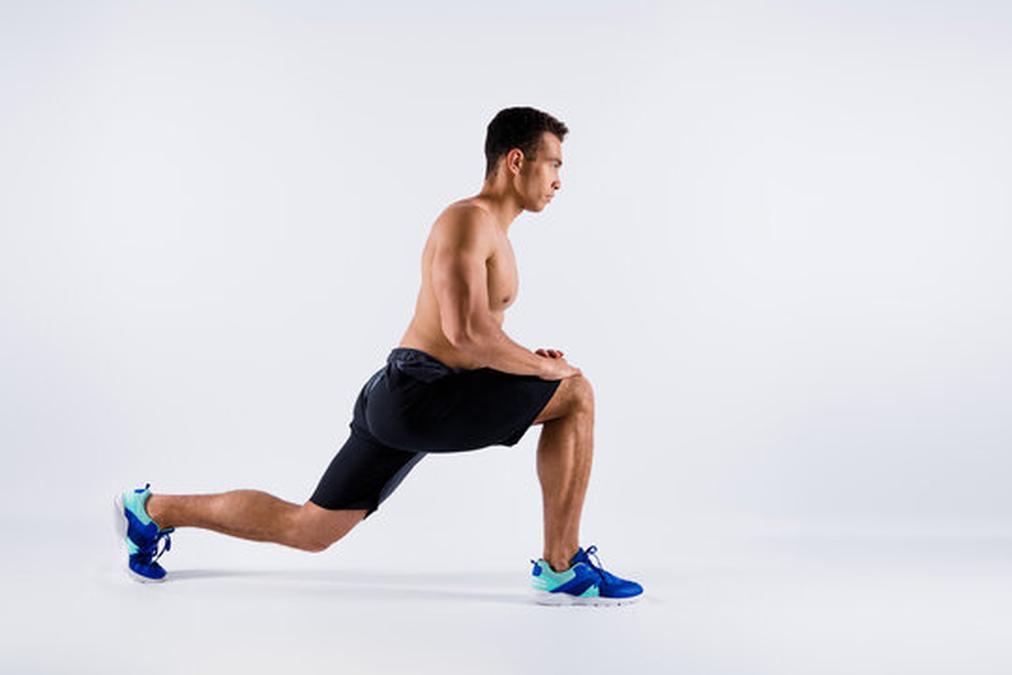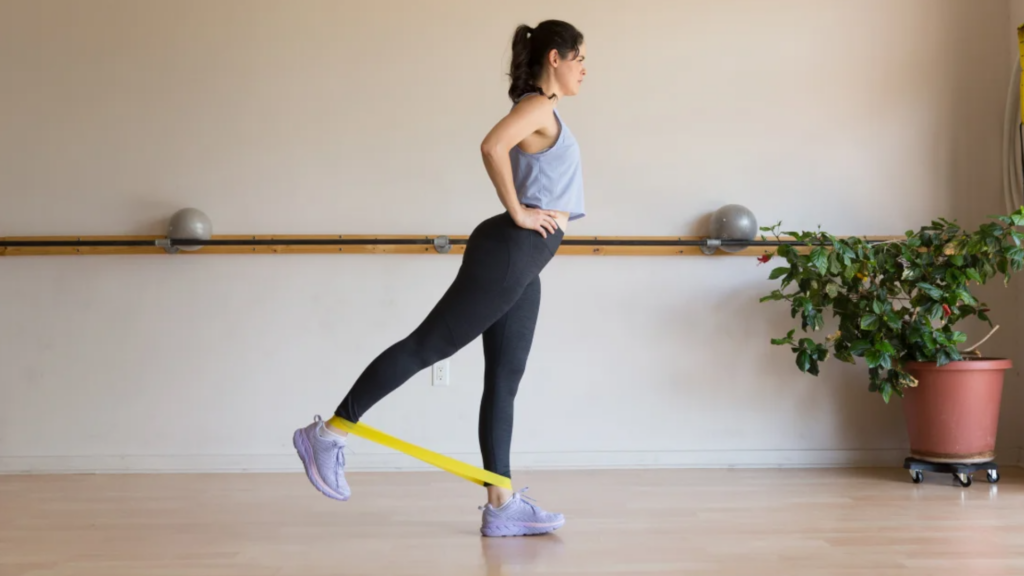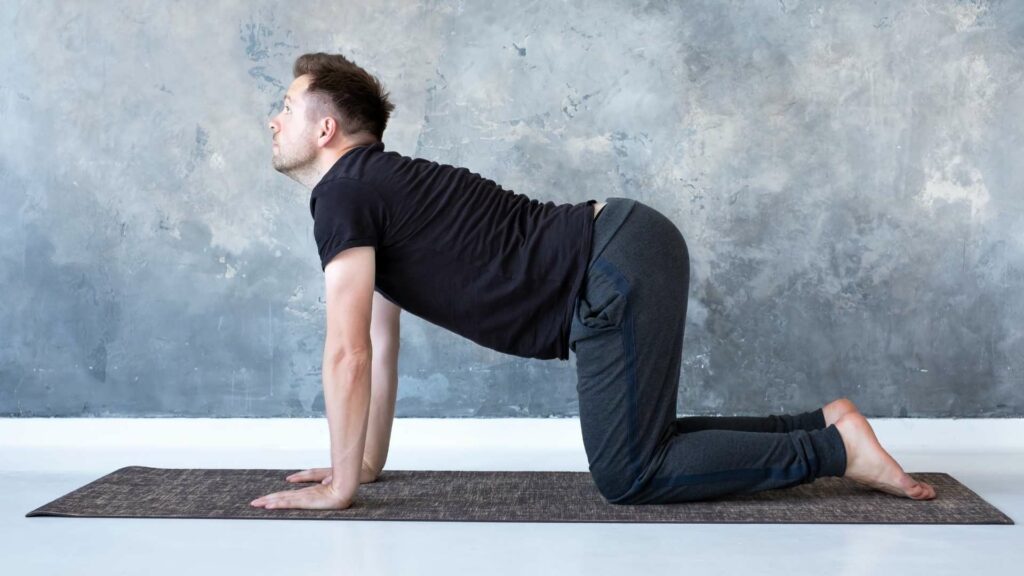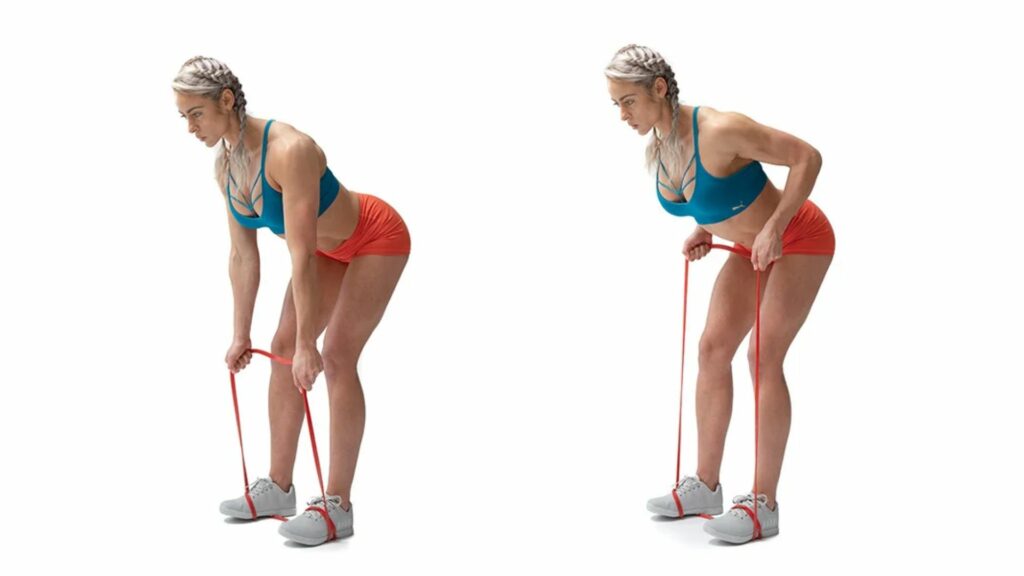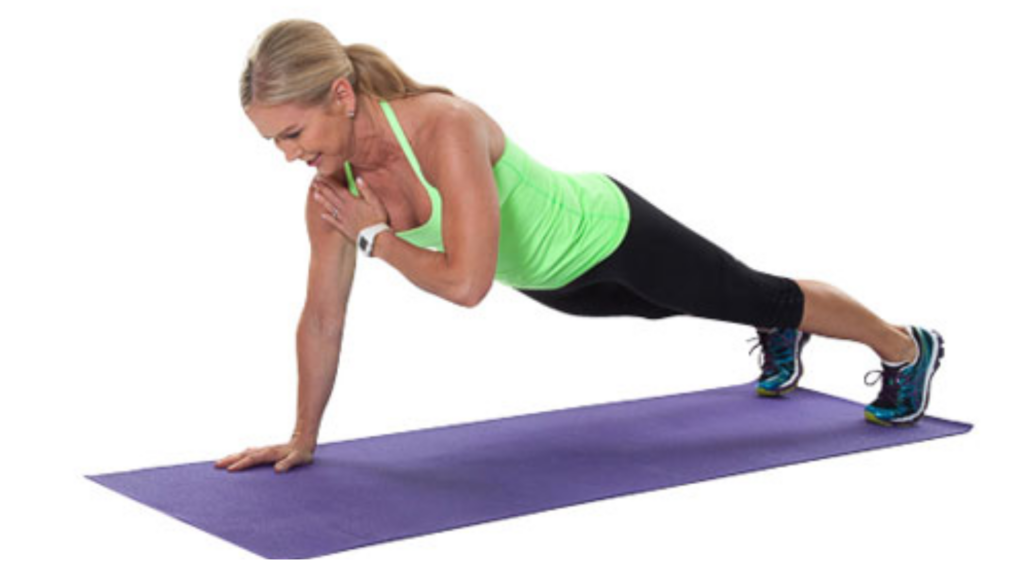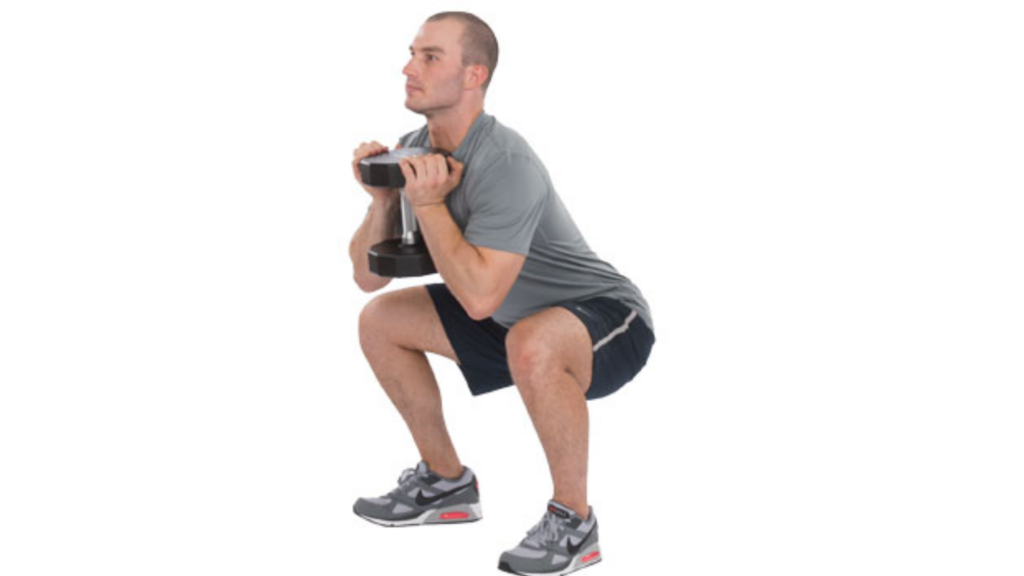HIIT Workouts: The Ultimate Guide
HIIT workouts are a popular form of exercise that have gained a lot of attention in recent years. HIIT stands for high-intensity interval training and involves short bursts of intense exercise followed by brief periods of rest or active recovery.
HIIT have been proven to provide a range of benefits, including weight loss, muscle building, and better overall health. In fact, a study published in the Journal of Obesity found that High-intensity interval training can be more effective for weight loss than traditional cardio workouts.
This article will provide you with a comprehensive guide to HIIT, including the science behind them, the best workouts for beginners and advanced fitness enthusiasts, at-home HIIT, HIIT workouts for weight loss, and more. We’ll also be using information from a variety of sources to help you get the most out of your High-intensity interval training.
The Science of HIIT Workouts
High-intensity interval training are designed to push your body to its limits and provide a range of physiological benefits. In this section, we’ll take a closer look at the science behind High-intensity interval training and what makes them so effective.
1. What are HIIT Workouts?
HIIT workouts are a type of cardiovascular exercise that involves short bursts of intense activity followed by brief periods of rest or active recovery. These bursts of activity are typically done at a maximum effort, pushing the body to its limits.
According to Women’s Health Mag, these workouts are designed to be challenging and require a lot of effort from the individual performing them.
2. How Do HIIT Workouts Work?
HIIT work by pushing your body to its limits and increasing your heart rate to a point where you are burning calories at a high rate. The short periods of intense activity are designed to shock your body and cause it to adapt, leading to improved physical fitness and a range of health benefits.
As explained in a NY Times article, these workouts are designed to be short and intense, allowing you to get the most out of your workout in a shorter amount of time.
3. The Physiological Effects of HIIT
High-intensity interval training have been shown to have a range of physiological effects on the body, including:
- Increased metabolism
- Improved cardiovascular health
- Improved insulin sensitivity
- Increased muscle mass
- Reduced body fat
According to Muscle and Fitness, HIIT can also lead to the release of muscle-building hormones, such as testosterone and human growth hormone.
4. How Do HIIT Workouts Differ from Traditional Workouts?
Traditional workouts typically involve long periods of moderate activity, such as jogging or cycling. While these types of workouts can be effective, they are not as efficient as High-intensity interval trainingwhen it comes to burning calories and building muscle.
As explained in a Men’s Health article, High-intensity interval training are designed to be short and intense, allowing you to get the most out of your workout in a shorter amount of time. This makes them ideal for people who have busy schedules and may not have a lot of time to devote to exercise
The Best HIIT Workouts for Beginners
High-Intensity Interval Training (HIIT) is an effective way to improve cardiovascular fitness and build strength.
The combination of AI feedback, customizable workouts, progress tracking, voice feedback, and multilingual support can make your workout experience more engaging and effective.
As for the upper body workout you’ve listed, it seems well-rounded and targets various muscle groups. Here’s a bit more detail about each exercise:
1. Push Ups:
A classic bodyweight exercise that primarily targets the chest, shoulders, and triceps. It’s a great way to build upper body strength and improve core stability.
2. Triceps Kickback:
This exercise focuses on the triceps muscles at the back of the upper arm. It involves extending the arm behind you against resistance, usually with a dumbbell.
3. Band Lateral Side Stretch:
This exercise likely involves using resistance bands to perform lateral stretches. It can help improve flexibility and mobility in the upper body.
4. Biceps Curls:
Biceps curls target the muscles at the front of the upper arm. This exercise is effective for building biceps strength and definition.
5. Mountain Climbers:
Mountain climbers are a full-body exercise that also engages the upper body. They provide a cardiovascular challenge while also working the shoulders, arms, and core muscles.
The Benefits of HIIT Workouts
HIIT workouts have a range of benefits for both physical and mental health. In this section, we’ll take a closer look at some of the most significant benefits of High-intensity interval training.
1. Improved Cardiovascular Health
One of the biggest benefits of High-intensity interval training workouts is improved cardiovascular health. According to Women’s Health Mag, HIIT can help improve heart health by increasing the strength and efficiency of the heart muscle.
2. Increased Fat Loss
HIIT workouts can also be an effective way to lose fat. According to Men’s Health, HIIT can help increase the body’s metabolism, leading to increased fat burning.
3. Improved Insulin Sensitivity
HIIT have also been shown to improve insulin sensitivity, which can help reduce the risk of developing type 2 diabetes. According to NY Times, HIIT can help improve insulin sensitivity by increasing the body’s glucose uptake.
4. Increased Muscle Mass
In addition to burning fat, High-intensity interval training can also help increase muscle mass. According to Muscle and Fitness, High-intensity interval training can help stimulate the release of muscle-building hormones, leading to increased muscle mass over time.
5. Reduced Stress and Anxiety
HIIT workouts can also have mental health benefits. According to Darebee, High-intensity interval training can help reduce stress and anxiety by increasing the release of endorphins and other mood-boosting chemicals in the brain.
6. Improved Overall Fitness
Finally, High-intensity interval training can help improve overall fitness levels. As explained in Women’s Health Mag, HIIT can help improve strength, endurance, and flexibility, leading to improved overall fitness and a better quality of life.
How Often Should You Do HIIT Workouts?
When starting a new workout routine, it’s important to know how often you should be doing HIIT workouts. In this section, we’ll take a look at some guidelines for how often to do High-intensity interval training.
1. Listen to Your Body
The most important thing to keep in mind when doing High-intensity interval training is to listen to your body. As explained in Women’s Health Mag, it’s important to pay attention to any signals your body may be sending you, such as fatigue or pain. If you feel like you need to take a break or slow down, it’s important to do so.
2. The Recommended Frequency
According to Darebee, it’s generally recommended that beginners start with one or two High-intensity interval training per week, with at least one day of rest in between workouts. As you become more experienced and your fitness level improves, you can gradually increase the frequency of your workouts.
3. The Importance of Rest and Recovery
It’s important to remember that rest and recovery are just as important as the workouts themselves. According to NY Times, it’s important to give your body time to rest and recover between workouts, especially when doing high-intensity exercises like HIIT. This will help prevent injury and ensure that you are able to complete your workouts safely and effectively.
4. Creating a HIIT Workout Schedule
To create a HIIT workout schedule that’s right for you, it’s important to take into account your fitness level, goals, and schedule.
As explained in Men’s Health, it’s generally recommended to start with one or two High-intensity interval training per week, gradually increasing the frequency and intensity of your workouts over time. It’s also important to schedule rest days in between workouts to allow your body time to recover.
Get Started with HIIT Workouts Today
In this article, we’ve explored the benefits of HIIT workouts, the best High-intensity interval training workouts to try, and how often to do HIIT workouts. If you’re ready to get started with HIIT workouts, here are some tips to keep in mind:
1. Start Slowly and Progress Gradually
If you’re new to High-intensity interval training workouts, it’s important to start slowly and progress gradually. As explained in Darebee, it’s important to start with shorter workouts and gradually increase the duration and intensity of your workouts over time. This will help prevent injury and ensure that you’re able to complete your workouts safely and effectively.
2. Choose Workouts That You Enjoy
To get the most out of your High-intensity interval training, it’s important to choose workouts that you enjoy. According to Women’s Health Mag, there are a variety of High-intensity interval training to choose from, ranging from traditional exercises like burpees and jump squats to more unconventional exercises like dance cardio and kickboxing.
4. Check Out Our Other Great Content
If you’re interested in learning more about fitness and health, be sure to check out our other great content on Merlin Fit. We offer a variety of articles, tips, and resources to help you achieve your fitness goals and live a healthier, happier life.
Frequently Asked Questions
Question: Who can do HIIT workouts?
Answer: High-intensity interval training can be done by anyone, regardless of fitness level.
Question: What are the benefits of HIIT workouts?
Answer: High-intensity interval training offer a variety of benefits, including improved cardiovascular health, increased fat burning, and increased muscle endurance.
Question: How long should High-intensity interval training workouts be?
Answer: HIIT workouts can range from 5 to 45 minutes in duration, depending on your goals and fitness level.
Question: What equipment do I need for HIIT workouts?
Answer: High-intensity interval training can be done with little to no equipment, but some exercises may require weights, resistance bands, or a jump rope.
Question: How often should I do HIIT workouts?
Answer: It’s generally recommended to start with one or two High-intensity interval training per week, gradually increasing the frequency and intensity of your workouts over time.
Question: What if I’m not in good shape? Can I still do HIIT workouts?
Answer: Yes, High-intensity interval training can be modified to fit any fitness level. It’s important to start slowly and progress gradually to avoid injury.

